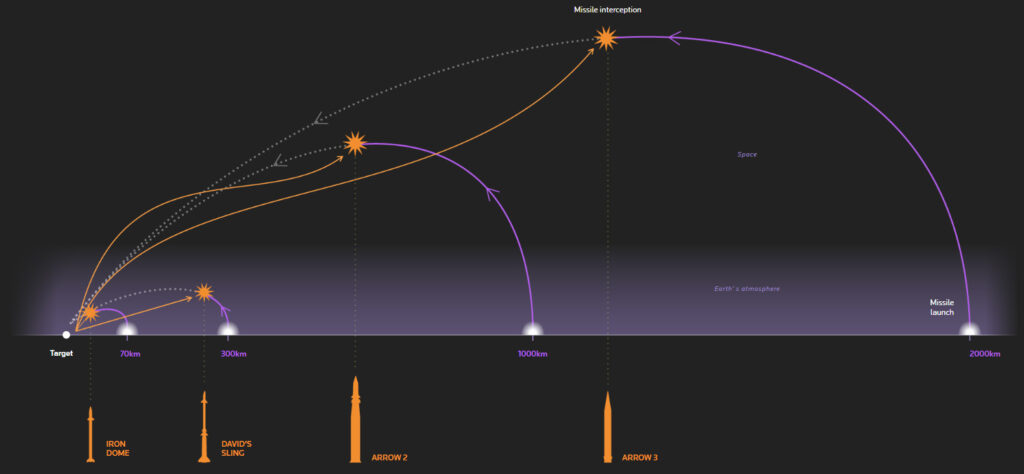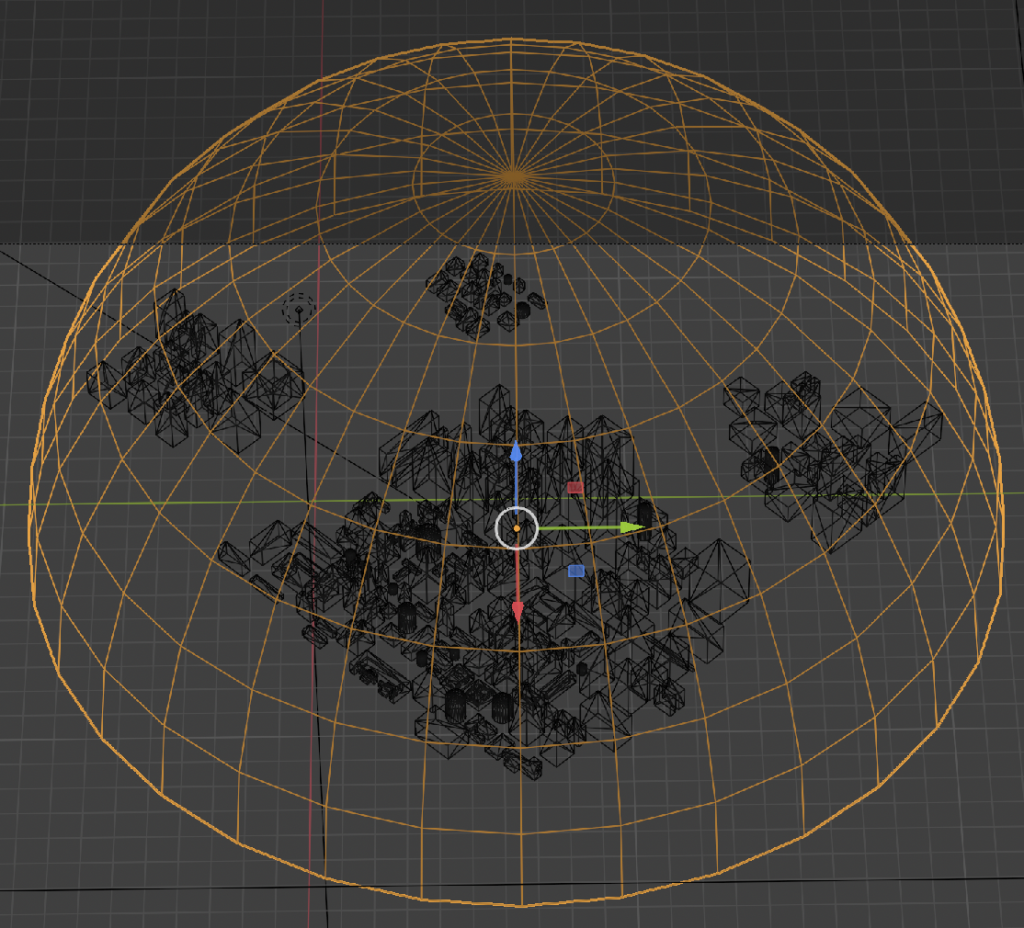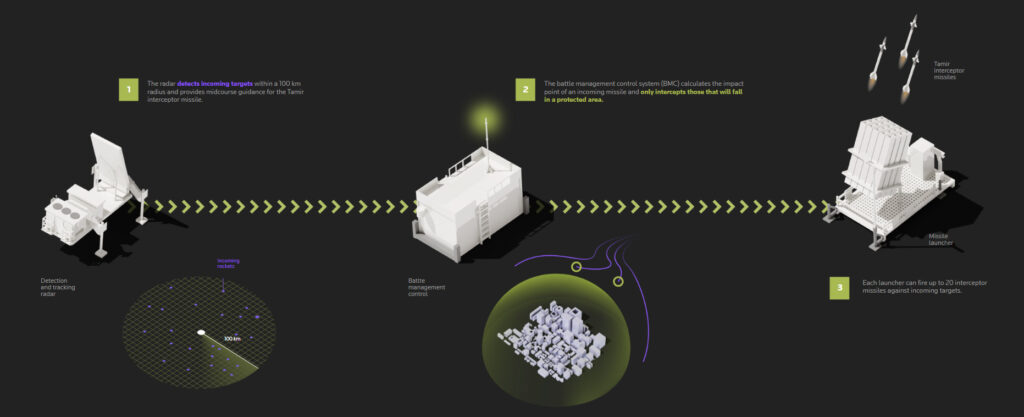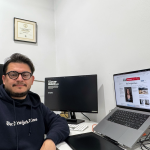Reuters senior infographic specialists Adolfo Arranz and Mariano Zafra discuss how they visualized Israel’s defense system in an exclusive interview with T. K. Sajeev of NewspaperDesign.org. Adolfo Arranz was recently named World’s Best Designer in the SND 45 digital competition.

Adolfo Arranz and Mariano Zafra
Could you describe the key features of the work?
The aim of this project was to visually acquaint readers with Israel’s renowned defense system, which gained widespread attention following the Iranian attack. Its primary feature is segmenting the defense system into four components, each offering specific protective capabilities. Two of these components involve intercepting ballistic threats in outer space. Also, the focus was to show the system’s operational process, from threat detection to elimination.

How does the design address the complex dynamics of Israel’s air defense?
We believe that simplifying complex explanations while maintaining attractiveness is paramount, albeit challenging. To achieve this, we utilized simple vector diagrams and 3D illustrations.

What research or data informed the development of this work?
We worked closely with editors and reporters with a deep understanding of military strategy and weaponry, who provided invaluable insights. Furthermore, we used publicly available information from the IDF and Raphael, the company behind Israel’s defense system.

How does the work propose to contribute to understanding or addressing issues in the Israel-Palestine conflict and Iran’s defense strategies?
This project forms part of our broader visual coverage of the Israel-Palestine conflict. Specifically, it demonstrates Israel’s efficacy in thwarting missile and drone attacks, albeit at a significant cost. The intercepting missile usually far outweighs the incoming one in terms of cost, by many multiples.

How does the work account for potential geopolitical implications or consequences?
The information presented is based on a factual analysis of the defense system’s functionality, devoid of political bias. It serves as a technical explanation rather than commentary.

What challenges were encountered during the development process, and how were they addressed?
The primary challenge often lies in sourcing reliable information, which feeds into the creative process. Another major challenge is meeting deadlines, as projects like this have higher value when the subject is still newsworthy. Portraying complex information and intricate details accurately demands meticulous attention and considerable effort from everyone involved.
Can you explain the methodology used in this creation?
After gathering the necessary information, data, and reference images, we decide on a consistent aesthetic for the entire project. Utilizing a limited colour palette, we organize the information cohesively, with colour’s corresponding to categories such as attack and defense. This approach unifies visualization and aids comprehension.

How does the work aim to engage or inform readers/viewers?
Our visual projects utilize a range of content, including illustrations, diagrams, text, photography, and video, combined with effective design and layout to facilitate easy understanding and assimilation by the audience. Our team prioritizes stories with strong visual potential.
And finally the Process
We brainstorm and adapt to the story; we like to be innovative. Sometimes data comes first, but sometimes ideas come first. Our ability to adapt and not have a set process is what gives us creative freedom and allows us to make strong projects
Visit the Reuters website to see an excellent visualization of Israel’s defense technology.
https://www.reuters.com/graphics/ISRAEL-PALESTINIANS/IRAN-DEFENCE/mypmkljzopr/
![]()





